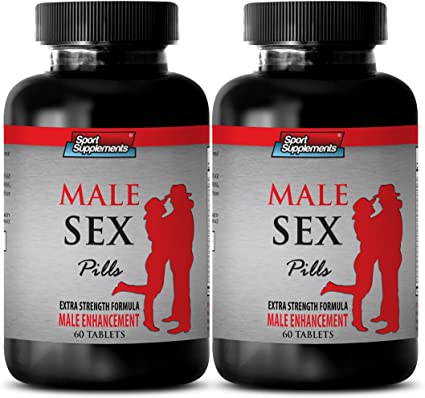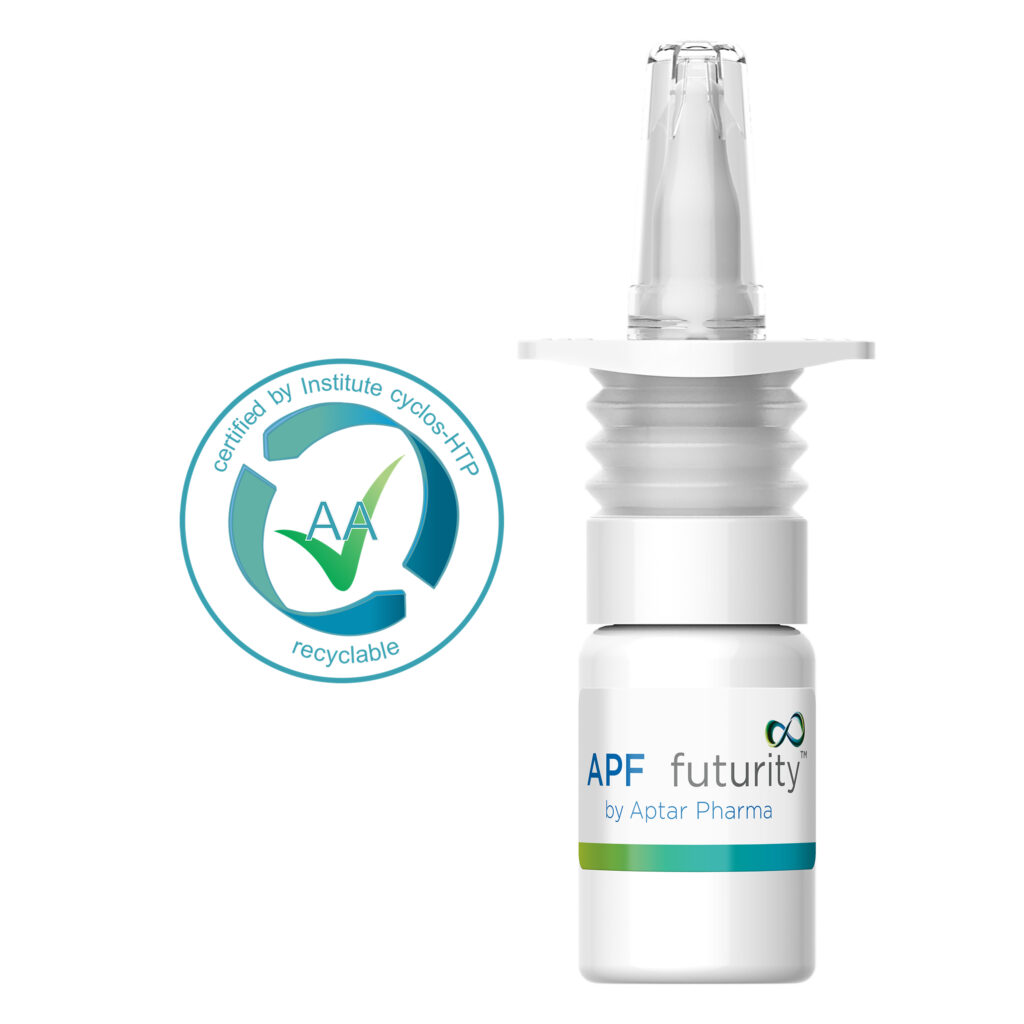
September 5, 2024
Improve Your Sex-related Experience With Pt-141 Therapy Find Benefits & More
The Future Of Peptide Therapy: Fads And Developments

The quest of muscle development and boosted physical efficiency has long been a goal for athletes, bodybuilders, and those seeking to improve their physical fitness. Current developments in peptide study have actually uncovered the considerable potential of peptides in promoting muscular tissue development and recovery. These normally happening sequences of amino acids have been shown to promote the release of development hormones, improve muscle protein synthesis, and support muscular tissue repair work after workout. This area highlights innovative researches and scientific tests that show the power of peptides in muscle mass wellness. By discovering the mechanisms whereby peptides run, from boosting lean muscle mass to reducing healing times, we reveal the growing role of peptides as a foundation in sporting activities scientific research and physical conditioning.
- The week I had the kisspeptin mixture we developed our child, that was born in March 2022.
- The pro-erectile activity of MT-II was reported as a significant unforeseen response during a phase-I human trial of human tanning [39]
- Furthermore, both cAMP and cGMP can turn on PKG in cavernosal smooth muscle mass cell societies from young (16 weeks) and old (28 months) rats [Lin et al., 2002]
- You can arrange a visit at our facility or we have Tele-Health appointments offered as well.
The pro-erectile task of MT-II seems both forebrain and spinally moderated, with little, if any kind of, outer impact. Dosage dependent boosts in spontaneous erections in wide awake Long-Evans rats were noted with management of MT-II intracerebrally, intrathecally and intravenously [31] Rises in yawning and brushing habits paralleled erectile task with intracerebral administration yet not back administration. As gone over previously, when the non-selective MCR antagonist SHU-9119 was provided spinally, it obstructed back MT-II induced erections, however intrathecal SHU-9119 failed to obstruct intracerebral MT-II induced erections. This suggests possibly independent websites of melanocortin activity along the CNS axis with intracerebral websites activating multiple downstream paths including those independent of melanocortinergic activation.
Why Would I Wish To Make Use Of Bremelanotide Pt 141?

Tesamorelin: Transforming Muscular Tissue Health And Wellness In Hiv-infected Individuals
This leads to manufacturing of cAMP in the smooth muscle mass cell, triggering PKA to reduce cytosolic Ca2+ concentration. The prostanoids prostaglandin E2 (PGE2) and prostacyclin (PGI2) can also drive cAMP production using organization with the EP and IP receptors on the smooth muscle cell, specifically. NANC coincides as received Number 2sGC, PKG and NO are the same as received Figure 4. Interestingly, ET-1 signalling via the ETB receptor moderates smooth muscle mass relaxation. This is evident by shot of ET-1 right into the rat corpus cavernosum which generates both vasodilation and vasoconstriction [Ari et al., 1996] Furthermore, management of an ETB agonist results in leisure of the rat and mouse corpus cavernosum in vitro [Carneiro et al., 2008]
These results offer evidence that ET-1 drives smooth muscle contraction in the penis by enhancing intracellular Ca2+ levels and boosting Ca2+ sensitivity through PKC activation (Fig. 7). DAG, the other product of PLC, turns on healthy protein kinase C (PKC) which can likewise drive smooth muscle contraction [Hilgers and Webb, 2005] PKC phosphorylates the CPI-17 healthy protein, which in turn prevents MLCP (drives smooth muscle mass relaxation) and therefore enhances Ca2+ sensitization (Fig. 7) [Li et al., 1998; Nunes et al., 2010] CPI-17 is expressed in the human and rabbit corpus cavernosum, although to the best of our expertise, smooth contraction in the penis moderated by PKC/CPI -17 signalling has yet to be confirmed [Jiang and Chitaley, 2012] Nevertheless, exposure of the rat corpus cavernosum to phorbol 12-myristate13-acetate https://nyc3.digitaloceanspaces.com/pharma-regulations/Generic-drugs/product-lifecycle/pt-141-peptide-therapy-can-it-treat-erectile-disfunction-in.html (PMA) (PKC activator) potentiates phenylephrine-induced tightenings in vitro, while direct exposure to chelerythine chloride (PKC inhibitor) prevents it [Husain et al., 2004] This is likewise supported by the direct exposure of the rat corpus cavernosum to phenylephrine in vitro which causes raised degrees of PKC isozymes [Husain et al., 2004] This is sustained by ET-1 therapy of the bunny corpus cavernosum which leads to accumulation of inositol phosphates artificial insemination, recommending that ET-1 also triggers PLC in this cells [Holmquist et al., 1992] Additionally, endothelin-induced tightenings of the rabbit and human corpus cavernosum are decreased in Ca2+- totally free remedy, or after treatment with nimodipoine (Ca2+ channel blocker) [Holmquist et al., 1990] This shows that ET-1 signalling partly relies upon Ca2+ influx to drive smooth muscle contraction. In addition, treatment of the rabbit corpus cavernosum with H7 (PKC prevention) minimizes ET-1-mediated tightening in vitro and eliminates it in Ca2+- totally free option [Holmquist et al., 1990]
Social Links